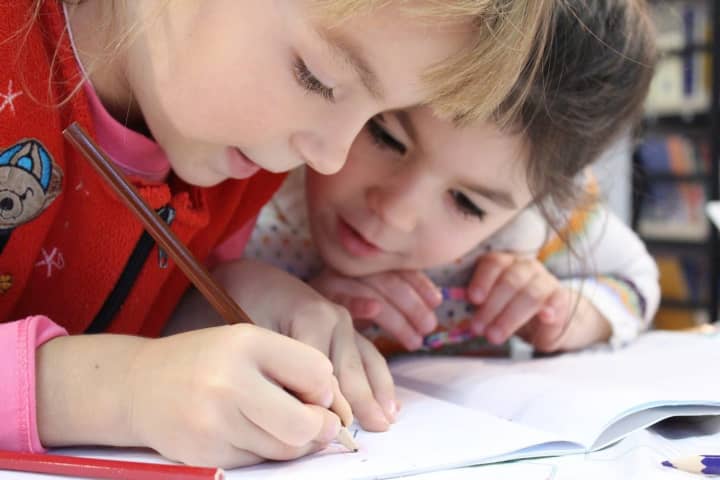Torn between their children's safety and conflicting need for in-person socialization -- not to mention the stressors of overseeing their children's' educations alongside the usual caregiving and their careers - some are turning to "learning pods" at home.
So-called "learning pods" or "pandemic pods" -- mini-classrooms consisting of the children of two to five families, according to The New York Times, in-person by a hired teacher or tutor instead of or alongside virtual coursework -- are being touted by parents and teachers as a safer COVID alternative to the traditional classroom.
With ramping COVID cases throughout the country and more and more schools canceling planned in-person classes, many parents are eagerly coordinating with families and tutors closeby to form these "pods" before the next school year starts.
“If you can find a small group of kids that are going to be available in closer contact, learning some of the same things, now we’re starting to address some of the developmental things that kids are missing out on,” adolescent NYU psychologist Lauren Knickerbocker told the New York Times on Aug. 7.
Critics fear that the innovative-but-expensive approach may serve to starken the educational gap between the haves and have-nots that has already been pried wider by COVID-spurred online learning.
The average hourly wage for a tutor in Connecticut, according to Indeed.com, is $25.48, and $25.01 in New York.
Prices for the alternative schooling method will be steep, especially for the 16.2 percent of children living below the poverty line, and even for children in middle-class families.
Educators fear that a disparity in pandemic teaching strategies will a patchwork of students, some falling behind and others on-track developmentally, that will be difficult to teach alongside each other when schools finally reopen.
Click here to follow Daily Voice Hampden and receive free news updates.


